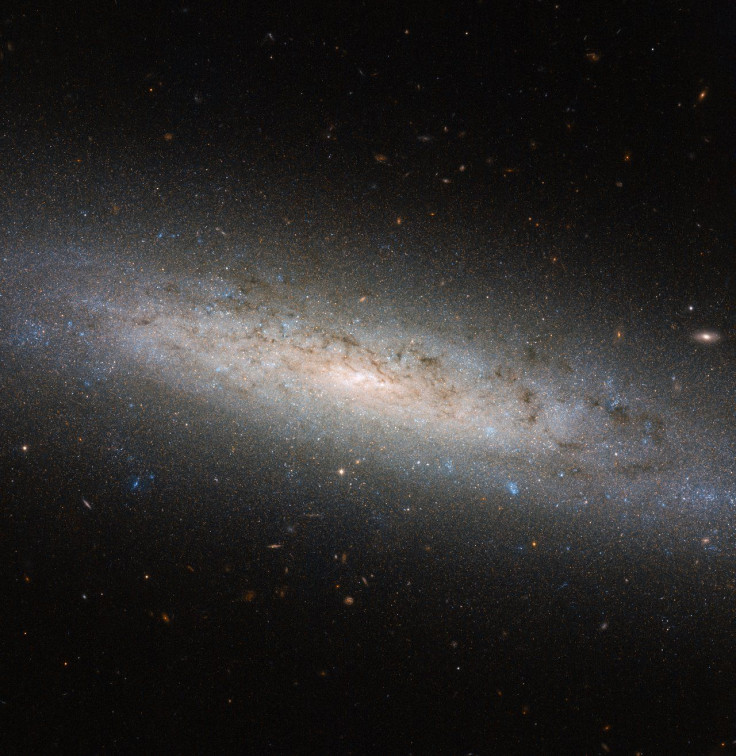Dark Matter Mystery: New Theory Explains Why Galaxy Pair Lacks Dark Matter
KEY POINTS
- Scientists have spotted two galaxies that appear to have very little dark matter
- This observation challenges the current understanding of how galaxies form
- Researchers believe a new theory can explain the dark matter-deficiency
Dark matter is a mystery in itself to physicists but that mystery deepened recently when two galaxies were observed to have very little of this invisible form of matter. Now a team of researchers may have solved that mystery -- through a new dark matter theory.
One of the few things that scientists know about the dark matter is that it outweighs visible matter, comprising a significant portion of the matter in the universe. By comparison, the matter that makes up all the stars and galaxies account for just 5% of the universe.
A news release from the University of California, Riverside (UCR) notes that galaxies typically have an invisible dark matter halo surrounding it but, recent observations showed that two galaxies, NGC 1052-DF2 and NGC 1052-DF4, contain very little dark matter.
NGC 1052-DF2 and NGC 1052-DF4 have been observed to be satellite galaxies of NGC1052, which means they are smaller companions of the much larger NGC1052. The Milky Way also has such satellite galaxies, the largest of which being the Large Magellanic Cloud some 163,000 light years away.
"It is commonly thought that dark matter dominates the overall mass in a galaxy," study lead Hai-Bo Yu of UCR said in the news release. "Observations of NGC 1052-DF2 and -DF4 show, however, that the ratio of their dark matter to their stellar masses is about 1, which is 300 times lower than expected."
This challenges the current understanding of galaxy formation. It has been believed that the dark matter acts much like the scaffolding of a galaxy because it is through the clumping of this invisible dark matter that galaxies are eventually formed.

By using simulations, the researchers reproduced the two galaxies' properties through what's called tidal stripping. The idea is that the satellite galaxies could be losing material because of their interactions with the much larger NGC 1052.
The researchers explored both the cold dark matter (CDM) theory, which is the leading dark matter theory, and the newer self-interacting dark matter (SIDM) theory. The CDM proposes the dark matter is slow and collisionless, while SIDM says dark matter particles interact with each other.
As Yu explains in the news release, both theories could explain tidal mass loss but SIDM could account for the amount of tidal mass loss observed in NGC 1052-DF2 and NGC 1052-DF4 because of the dark matter's self-interactions.
A CDM halo would still remain substantial even after tidal mass loss because the structure would be "stiff." In other words, a CDM halo's stiff structure would essentially prevent the substantial loss of dark matter while the movement in a SIDM halo could allow it.
"Final stellar distributions in our SIDM benchmarks are more diffuse than the CDM one, and hence the former are in better agreement with the data," the researchers wrote in their study published in Physical Review Letters. "Our results indicate that SIDM is more favorable for the formation of dark-matter-deficient galaxies."
The study could also have implications for other galaxies that have been found to be lacking in dark matter.
© Copyright IBTimes 2024. All rights reserved.






















